The Uncaged Bird -My first Hummingbird has arrived 4/26/2024
joanne said:
Morgana, it's like living in a permanent campsite! I'm going to have to get better at identifying from bird calls, which is a bit of a challenge when so many Aussie birds are great mimickers.
D saw a few butcher birds yesterday and also noticed some rainbow parrots (lorikeets) flying around palm trees nearby. However they're not on our street, so we 'just' have the water fowl who never shut up. (Constant background chatter, a bit like the fridge always running inside the house. I thought there was a clutch of penguins [why would we have penguins???] outside yesterday, but it was just chattering young chicks waddling past the windows)
Why wouldn't you have penguins? I thought they were fairly common in your hemisphere ... no?
sac, I'm living in sub-tropics! We have coconuts, mangos, palm trees, a winter that lasts maybe three weeks and consists of cold nights but days in which you wear long shirts sleeves to keep your arms warm and sandals on your feet unless there's some rain, in which case you wear socks and Blunnies (Blundstones, ankle-high gumboots). The Tropic of Capricorn is about 1000km north (roughly 600 miles, D says).
As you can see, penguins don't live this far north. In fact just this week p, we've reports that many fish that usually hang around the Great Barrier Reef and similar waters north are retreating south because the temperatures are too warm for them.
I've found a list of wetland birds that includes the birds we have here. I don't have pics yet but species you can look up include the magpie goose (very pretty, but we've only seen a couple, they're shy), and I think our ducks are mainly Pacific black ducks, grey teal and chestnut teal ducks. My little friend is an adolescent chestnut, I'd say, or maybe a mallard.
We've also got osprey flying overhead occasionally from the protected wetlands just behind this property.
I saw penguins in the Galápagos Islands which are fairly near the equator. They aren't just near the pole.
ours need colder conditions, colder water drifts. They follow the cold water streams up South America then back down to Antarctica at certain times of year, I believe for breeding cycles; I think it's only certain kinds of penguin. (The Adelie? I'm not too sure. I think Michael Palin did something on it, and possibly [Sir] Billy Connolly) Our Little Penguins however need the cold.
sac said:
I saw penguins in the Galápagos Islands which are fairly near the equator. They aren't just near the pole.
The Galapagos Islands lie in the Humboldt Current, which brings cold water from Antarctica to the equatorial regions off Peru.
I'm still waiting for occupants for my 6 bird houses! Thinking positive, when one family exits, do you clean out the house for the next ones? Or let them figure it out?
Morganna said:
sac said:
Morganna said:
Just saw another hummer!
Jealous!
(Still no hummers here, despite keeping my feeder refilled with fresh "juice" every other day and lots of red and pink flowers hanging near it.)

I waited almost 2 months between visits and now have had 2 in a few days so hang in there.
A bird house that was the only one ignored for 3 years now has been explored by a male wren. They set up the beginnings of several nests and then when they attract a mate, let her chose the one she likes best which she immediately redecorates! The last pair left the little house on June 12 and now I have new tenants shopping!
that's an interesting question - here the normal policy is to not disturb somewhere that native birds have been roosting as you'll frighten them off. But then, they'll often single-nest adopters even if migratory, having a series of roosts and nests all over their vast territory. (Just one main nest for raising a family)
had such an interesting day yesterday - will need assistance from marksierra, as I can't post pix from my phone.
We took the participants from work (Day Respite program for frail aged, so heading up to age 95 years) on an outing. Between morning tea and lunch we visited the Wetlands just behind where I now live: it's a protected wetlands park, natural bush adjacent to a small airfield. Hundreds of small Eastern Grey kangaroo live there, and loads of other fauna and flora.
As we drove in we were greeted by a roo, acting as sentry guard to all cars. Just standing there, checking us all out! Two of my colleagues got out of our minibuses and slowly approached him, said hello, one offered him a peeled cumquat (they like fruit although citrus isn't usually their thing).
As we drove a little further in, we noticed a rough, dark, round shape waddling along towards a ditch and realised we were lucky to see an echnida! These are very shy, and rarely seen during the middle of the day. Her quills were deep dark brown with flecks of warm honey. A little while later we noticed she'd stopped and was digging very fast and strong (dirt flying everywhere) so she must have found an ant nest!
We saw some chestnut teal ducks on the grass, probably worm hunting. Heard a kookaburra or two. Saw more roo sunbaking and sleeping opposite the airfield, looking like very satisfied lazy cows.
Some of our participants have lived here for 50 years or more and this the first time they've seen an echnida. So exciting, because two minutes away, you're back in the middle of a very busy part of town.
mumstheword said:
I'm still waiting for occupants for my 6 bird houses! Thinking positive, when one family exits, do you clean out the house for the next ones? Or let them figure it out?
Morganna said:
sac said:
Morganna said:
Just saw another hummer!
Jealous!
(Still no hummers here, despite keeping my feeder refilled with fresh "juice" every other day and lots of red and pink flowers hanging near it.)

I waited almost 2 months between visits and now have had 2 in a few days so hang in there.
A bird house that was the only one ignored for 3 years now has been explored by a male wren. They set up the beginnings of several nests and then when they attract a mate, let her chose the one she likes best which she immediately redecorates! The last pair left the little house on June 12 and now I have new tenants shopping!
I've read that starlings, will reuse a nest. They are the birds in the big birdhouse. House wrens will use the small ones that hang on a tree and swing that's the last picture. The small house had wrens that left on June 12 and the new wrens are in a smaller version of the big house not pictured yet. Apparently I missed the female building that nest and I heard tiny chirps this morning so apparently the nursery is active already! I'll clean out the small hanging one now that no one is using it and hang it back up.
Some things you may know, the boxes need air vents and drainage holes.
As for food supply the wrens only eat bugs no seed so that is a plus. The starlings will eat seed and love suet cakes.
Not sure why your houses are uninhabited. Do you want to post some pics? Maybe location or style. The easy one was the A frame wren house. They are prolific little birds and sing their tail feathers off.
marksierra said:
sac said:
I saw penguins in the Galápagos Islands which are fairly near the equator. They aren't just near the pole.
The Galapagos Islands lie in the Humboldt Current, which brings cold water from Antarctica to the equatorial regions off Peru.
https://www.quasarex.com/galap...
The water we were swimming in there (with the penguins) really wasn't all that cold, but I can certainly believe that this is the case. I just didn't know it previously. I had only assumed (based on my limited experience with penguins, in the Galápagos and Peru) that they could show up in many non-polar areas of the Southern Hemisphere.
Marksierra, thank you for posting these pix! As you can tell, I was seated inside the bus and my colleague Leon was outside meeting 'Kevin' (we don't think it was 'Karen') Kangaroo, and 'Eric' Echidna.
Note Eric is nothing like a hedgehog. The quills are super strong and really hurt. The monotremes are solitary animals; they carry young in a pouch but once they're weaned and able to leave Mum, pretty much they're on their own. And this one was football sized, easily.
most will run, but this one just stood there, waiting for tribute  He didn't like the beeping of one of our buses as it reversed though, and nearly left his post. Most of the others were safely out of reach but within a few metres of boggy overgrown grassy paddock before some scrubby trees. Pretty well-fed and sleepy, in a sun-daze. They seem fairly used to small numbers of people driving through and saying hello.
He didn't like the beeping of one of our buses as it reversed though, and nearly left his post. Most of the others were safely out of reach but within a few metres of boggy overgrown grassy paddock before some scrubby trees. Pretty well-fed and sleepy, in a sun-daze. They seem fairly used to small numbers of people driving through and saying hello.
At night they'll move extensively - their active times are around dusk and dawn. It's a driving rule to 'always watch out for the second roo', because you'll miss seeing the first one until the last second but you'll hit the second and damage it and your car.
Echidna don't have great vision, so you don't want to lurch up to one suddenly and startle it. They have vicious claws and also bite. They're known for tearing into rotting wood to get termites, if I remember correctly; there'd be a fair bit of good rainforest litter where we saw this one, as well as ant nests just under the grass. The ditch is just behind it, behind those first trees. And there's water flowing through the ditch, I think it's a tributary of the river that feeds the lake where I live.
I'm sorry the ducks pic didn't come out, I'll see what I can get today or tomorrow from home.
joanne said:
Marksierra, thank you for posting these pix! As you can tell, I was seated inside the bus and my colleague Leon was outside meeting 'Kevin' (we don't think it was 'Karen') Kangaroo, and 'Eric' Echidna.
Note Eric is nothing like a hedgehog. The quills are super strong and really hurt. The monotremes are solitary animals; they carry young in a pouch but once they're weaned and able to leave Mum, pretty much they're on their own. And this one was football sized, easily.
I found pictures of them and fell in love.
Friends, this tells you a little more about the Wetlands next-door. I had no idea jabiru are there too! Also the rare eastern curlew, which migrates up to Korea and China for breeding and comes back here for the northern winter (clever thing!). Apparently we have bird-watching and tracking agreements with China and Japan.
Love the stork Joanne.
I love the little red finches that visit the feeder. I often get them mixed up with purple finches. Both are red but the distribution of color is different.
article on bird (duck) s*x from Spiegel.... It's in English 
http://www.spiegel.de/internat...
Apparently, avian anatomy has evolved to preserve aesthetic choices.
Hooray! Just saw my first Hummingbird of the season today. I think it really likes the new feeder (humzinger) that someone here on this thread recommended.
Sweetsnuggles said:
Hooray! Just saw my first Hummingbird of the season today. I think it really likes the new feeder (humzinger) that someone here on this thread recommended.
Wonderful! I'm using the Humzinger this year and recommended it to someone on Nextdoor. Glad you have a visitor! I'm spotting them almost everyday now.
@morganna
Here are pics of my new bird/bee/butterfly garden with the bird houses, and another pic of bird houses in the front (with a butterfly house). I also put my old mailbox on top of the sprinkler cover for birds to use. So far, nada.
mumstheword said:
@morganna
Here are pics of my new bird/bee/butterfly garden with the bird houses, and another pic of bird houses in the front (with a butterfly house). I also put my old mailbox on top of the sprinkler cover for birds to use. So far, nada.
Its so pretty. I read something about placement. I'll look for it. Maybe they are too close to the house? Let me dig around. As for butterflies, my go to shrub is butterfly bush. I have several and they love them.
I still haven't seen any hummers, but my feeder is not in a spot that I see randomly, so it is possible that they have come. Next nice day that I'm home (hopefully sometime during the next week), I'll have to 'set up shop' (i.e. bring out my laptop) on my porch where the flowers and feeders are and do my work there for a day or two and see what I see.
Employment Wanted
Latest Jobs
Employment Wanted
-
Our amazing driving nanny is available for work.
Apr 28, 2024 at 8:05am
-
(No Fees) Hire A Baby Nurse Here for Your New Borns! (732)-737-7165
Apr 27, 2024 at 1:46am
-
(NO FEES) Hire A Fresh Energetic Nanny/ Housekeeper Here ! (732)-737-7165
Apr 27, 2024 at 1:46am
-
(NO Fees) Hire Housekeepers Here! ( 732)-737-7165
Apr 27, 2024 at 1:46am
-
(No Fees) Hire Home Health Aides Here! (732)-737-7165
Apr 27, 2024 at 1:46am
-
Summer Private Speech Therapist
Apr 26, 2024 at 9:12pm
-
Apr 26, 2024 at 1:58pm
-
(Classic Painting and Materials) Fair Prices. Spring and Summer Specials
Apr 25, 2024 at 5:14pm
Help Wanted
-
Part Time help for special needs young adult
Apr 27, 2024 at 4:43pm
-
Apr 25, 2024 at 6:15pm









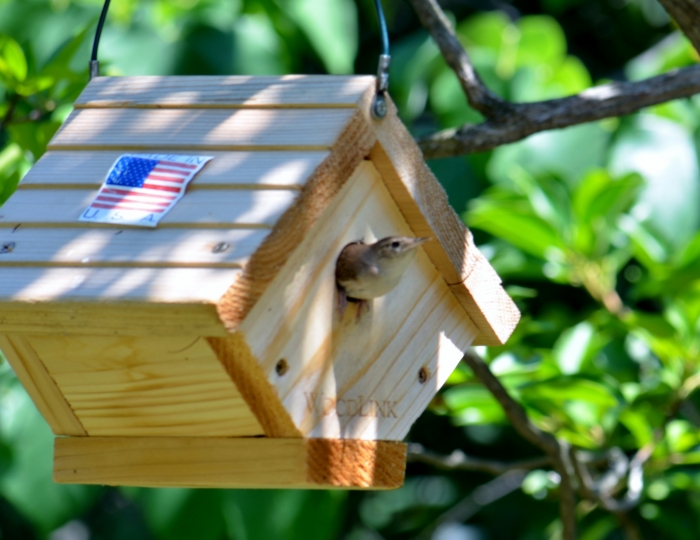
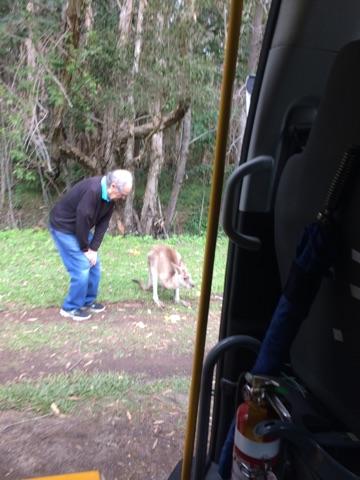

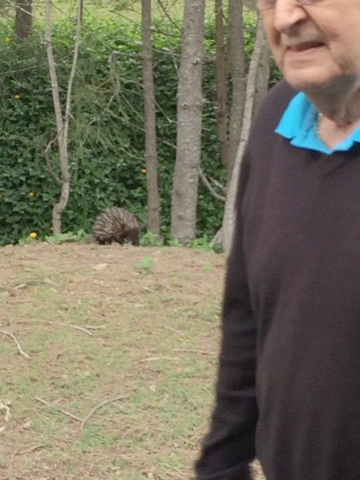
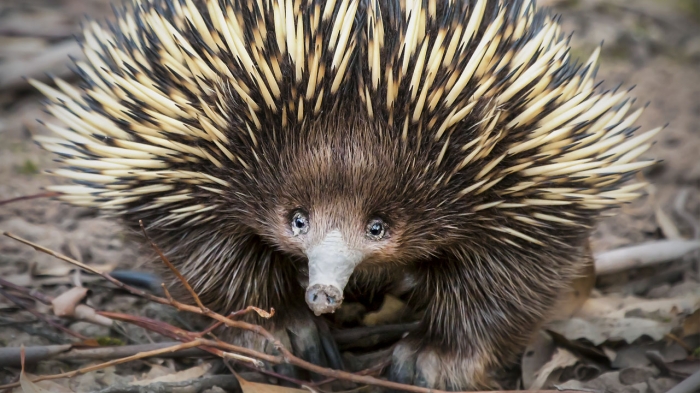


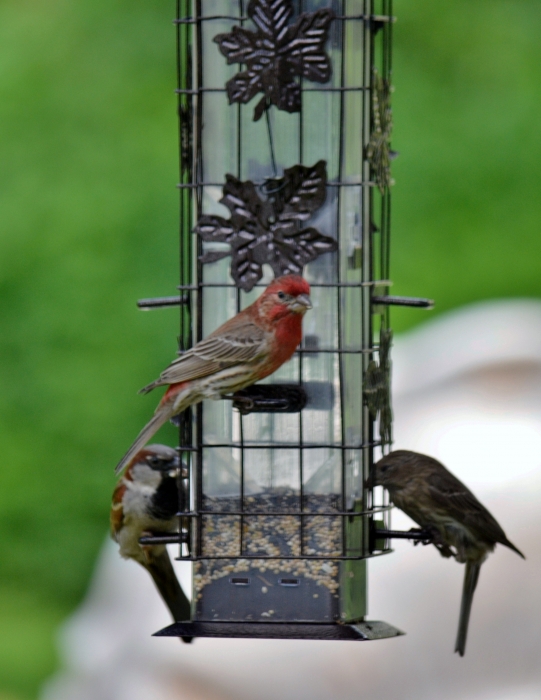
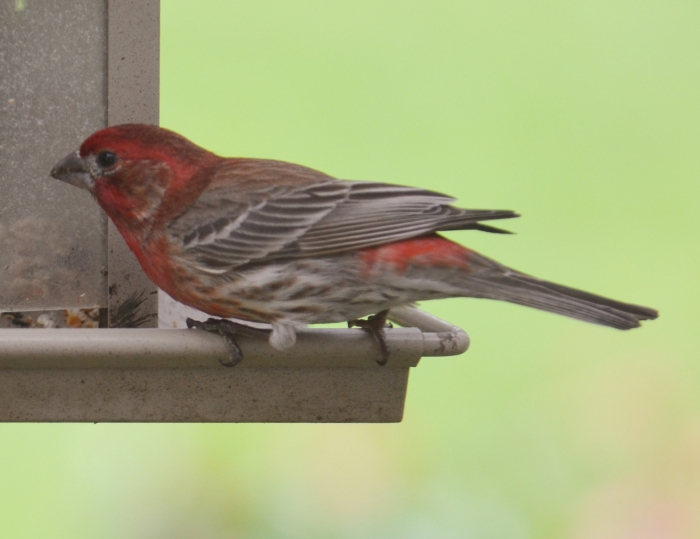

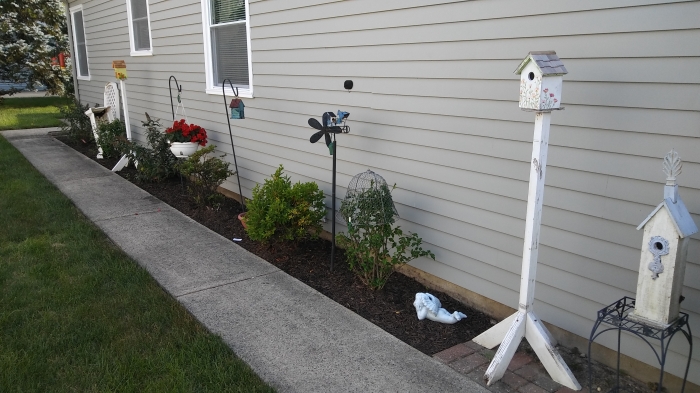
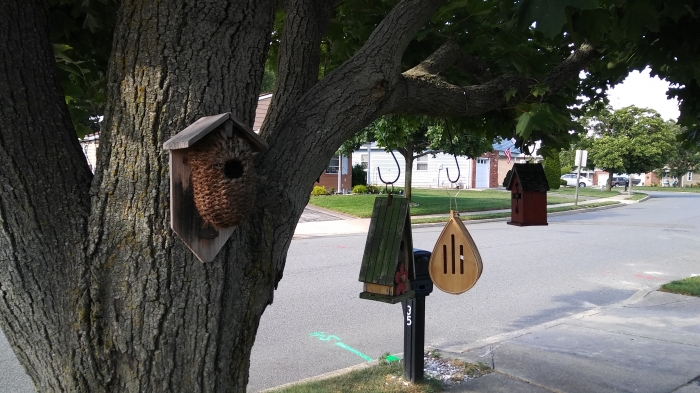



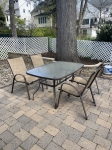
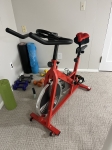

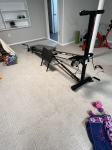




Morgana, it's like living in a permanent campsite! I'm going to have to get better at identifying from bird calls, which is a bit of a challenge when so many Aussie birds are great mimickers.
D saw a few butcher birds yesterday and also noticed some rainbow parrots (lorikeets) flying around palm trees nearby. However they're not on our street, so we 'just' have the water fowl who never shut up. (Constant background chatter, a bit like the fridge always running inside the house. I thought there was a clutch of penguins [why would we have penguins???] outside yesterday, but it was just chattering young chicks waddling past the windows)